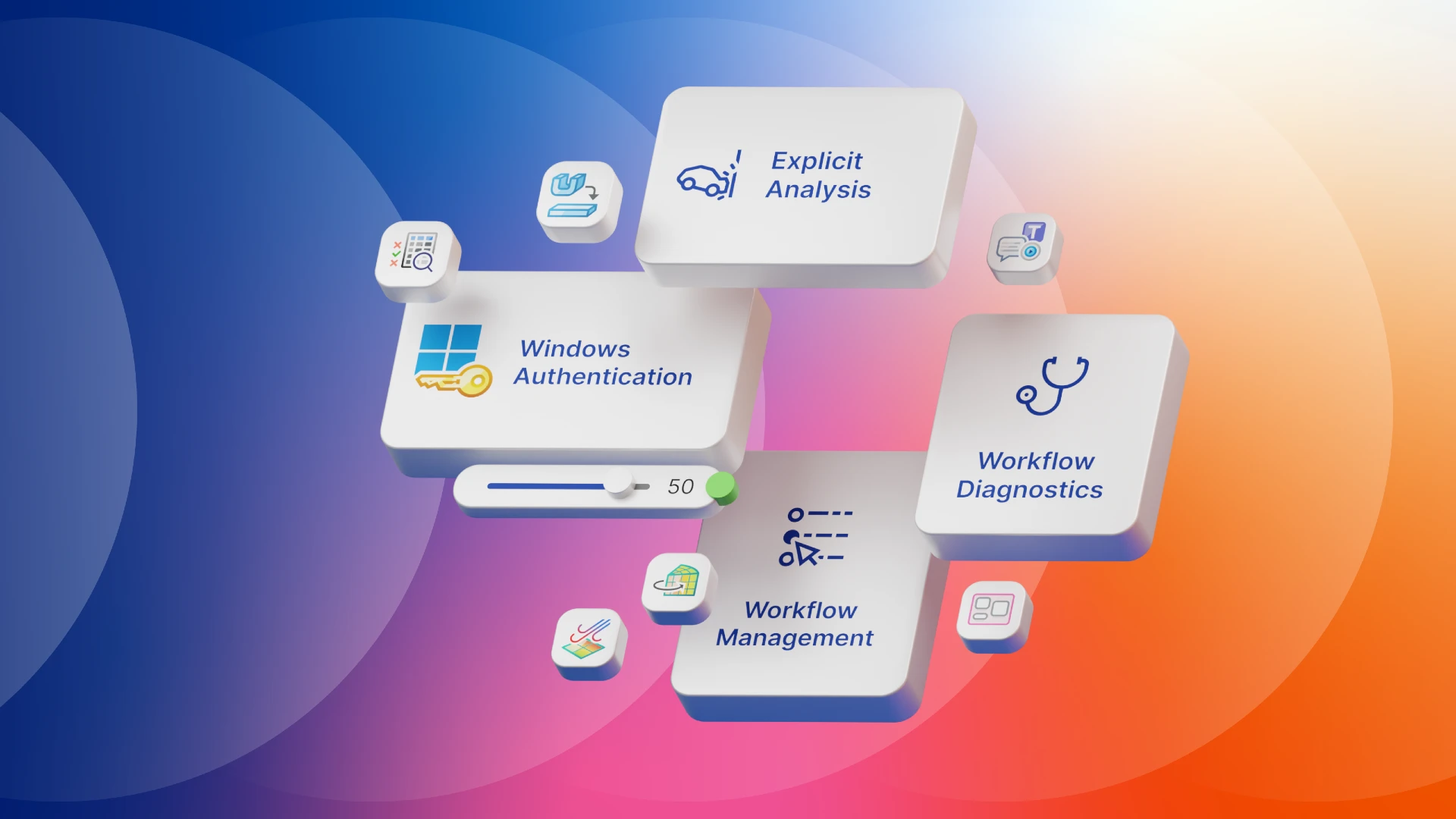The automotive industry is undergoing a rapid and transformative evolution, mirroring the fast-paced changes seen in the tech world. Unlike a steady progression, the industry is marked by sudden leaps, similar to the rapid achievements seen in tech companies like Spotify, Instagram, and ChatGPT. This article highlights the key factors driving this transformation, focusing on the crucial role of battery technology, decarbonization, and the emergence of software-defined vehicles.
- Battery Technology and Decarbonization: The shift towards electric vehicles (EVs) and sustainable technologies is accelerating, with a significant reduction in battery costs – from around $500 per kilowatt-hour in 2013 to approximately $110 in 2021, representing a 75% decrease. The automotive sector is also responding to more stringent CO2 emission standards, pushing manufacturers to innovate rapidly to meet these benchmarks.
- Software-Defined Vehicles: The automotive industry is on the verge of a technological revolution with the advent of software-defined vehicles. Tesla stands out as a forerunner in adopting an agile, software-centric approach. The company's ability to develop an electric vehicle in 18 to 24 months contrasts with the traditional automotive development cycle, which typically spans three to four years. This shift presents challenges for traditional Original Equipment Manufacturers (OEMs), requiring faster development, more flexibility, and thorough integration of software and connectivity.
- Agile vs. Traditional Approaches: The article compares the approaches of traditional OEMs, such as Mercedes and VW, with innovative companies like Tesla, Rivian, and Nio. Traditional automakers often follow risk-averse decision-making frameworks, while agile companies like Tesla are more willing to make rapid investment decisions for immediate technological advantage. The differences extend to process methodologies, tools and methods, and organizational culture, with traditional companies facing challenges in adapting to the rapidly evolving landscape.
- Connected Engineering: The concept of connected engineering is presented as crucial for navigating the challenges and opportunities in the automotive industry's transformation. This involves intertwining various elements to drive innovation and manage complexity. The role of AI in vehicle design is discussed, highlighting its transition from a supportive tool to a core driver of innovation. AI algorithms are integrated into traditional engineering tools, harnessing historical data for smarter and more efficient designs. Reduced Order Models (ROM) play a pivotal role in AI-driven design, providing a powerful tool for rapidly testing and refining vehicle concepts.
- Automated CAx Revolution: The article emphasizes the transformative impact of process automation, specifically in computer-aided processes (CAx), on the engineering workflow. Automation accelerates the development cycle, ensures higher accuracy and consistency, and liberates engineers from repetitive tasks. This shift is not just about adopting new tools but represents a fundamental change in the workflow, leading to more sophisticated designs, faster time-to-market, and excellence in automotive engineering.
- Democratizing Engineering Expertise: Connected engineering is portrayed as a means of democratizing knowledge across various departments. This cross-pollination of knowledge fosters a more integrated and efficient organizational approach, where expertise is shared rather than siloed. The digital thread is introduced as a unifying backbone, connecting all tools in the engineering toolchain and automating them for a more efficient and cohesive process.
- Navigating Risks and Opportunities: As the automotive industry undergoes rapid technological change and market shifts, companies are positioned between the risks of stagnation and the potential for innovation. Brands like BMW are highlighted as leaders in harnessing the power of connected engineering to redefine processes and products.
The article concludes by emphasizing that this transformative era offers an opportunity for companies to shape the future of the automotive sector by addressing environmental challenges and evolving consumer needs through innovative approaches.
Read the full article of our Co-Founder Moritz Maier
Would you like to learn more about Connected Engineering? Read the full article on LinkedIn and discover the benefits of this innovative approach.
Discover the benefits yourself – Test Synera's Low-Code platform!
Would you like to experience the benefits of Connected Engineering and our Low-Code Platform firsthand? We invite you to test Synera's Low-Code Platform 14 days for free and discover how you can make your product development more efficient and agile. Experience the future of product development and explore the possibilities that our innovative solution offers. Click here to explore the Synera Low-Code Platform and optimize your development process for your use case today.
Or get a free demo from our CEO Daniel Siegel. Every Tuesday and Thursday he will take you on a guided tour of our synera software. You will discover how to automate your workflow and how to speed up your development process. There will also be a Q&A session where you can ask all your burning questions. Register here for free.





